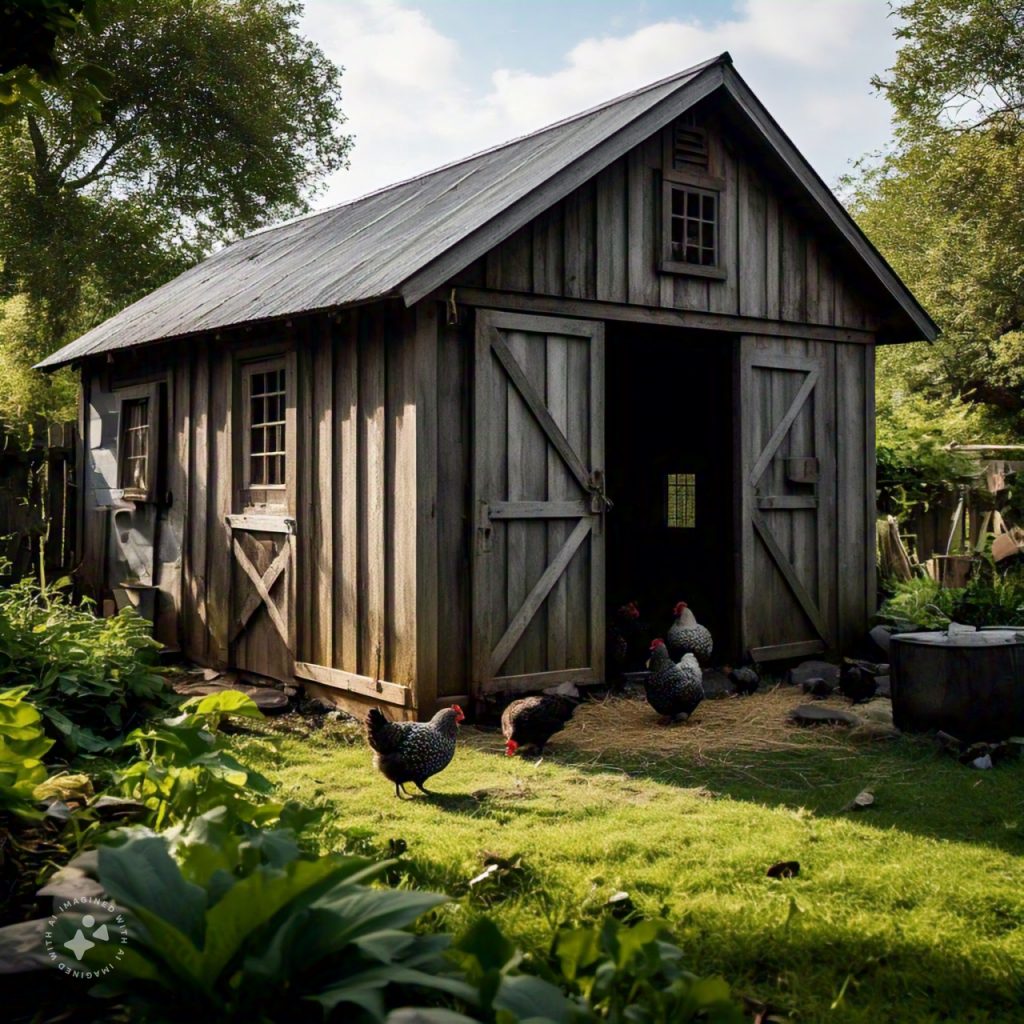Small-scale chicken farming is an increasingly popular choice for individuals looking to produce fresh eggs, high-quality meat, or supplemental income. With minimal space and resources, you can establish a thriving backyard chicken farm that is both sustainable and profitable. This comprehensive guide provides insights into setting up your backyard chicken farm, associated costs, and best practices for success.
Why Start a Small-Scale Chicken Farm?
- Fresh Food Supply
- Fresh eggs and chicken meat are nutritious and free from unnecessary additives.
- A small flock can provide a consistent food source for your family.
- Supplemental Income
- Selling eggs, chicks, or processed chickens can generate steady revenue.
- Sustainability
- Reduces reliance on commercial farms and supports eco-friendly food production.
- Educational and Therapeutic Value
- Chicken farming is a rewarding activity for families and a great way to teach children responsibility.
Initial Costs of Small-Scale Chicken Farming
1. Setup Costs
- Chicken Coop:
- Pre-made coops: $200–$1,500 based on size and quality.
- DIY coops: $100–$500 for materials like wood, mesh, and roofing.
- Fencing and Security:
- Essential for predator protection and containment.
- Cost: $50–$300 for wire mesh, poles, and gates.
- Feeders and Waterers:
- Basic sets: $20–$50.
- Automatic systems: $50–$200 for low-maintenance options.
- Chicks or Pullets:
- Chicks (1–2 days old): $2–$5 each.
- Pullets (6–8 weeks old): $10–$20 each.
- Bedding and Nesting Boxes:
- Straw or wood shavings: $10–$20 per month.
- Nesting boxes: $5–$20 each.
2. Recurring Costs
- Feed:
- Layer feed for adult hens: $20–$50 per 50lb bag, lasting 1–3 weeks for a small flock.
- Supplements and Grit:
- Grit for digestion and calcium supplements for egg-laying: $5–$15/month.
- Healthcare:
- Vaccines, deworming, and occasional vet visits: $50–$150/year.
- Utilities:
- Electricity for heating or lighting: $10–$30/month.
How to Set Up a Backyard Chicken Farm
Step 1: Choose a Location
- Space Requirements:
- Allocate 2–3 square feet per chicken in the coop and 8–10 square feet per chicken in the outdoor run.
- Sunlight and Drainage:
- Ensure the location receives adequate sunlight and has proper drainage to avoid waterlogging.
Step 2: Select Your Breed
Different chicken breeds cater to various needs:
- For Eggs: Leghorns, Rhode Island Reds, and Sussex are prolific layers.
- For Meat: Cornish Cross and Freedom Rangers grow quickly and yield high-quality meat.
- Dual Purpose: Orpingtons and Australorps are excellent for both eggs and meat.
Step 3: Build or Buy a Coop
- Ventilation: Include windows or vents to ensure air circulation.
- Nesting Boxes: Provide one box per 3–4 hens, lined with clean bedding.
- Security: Use sturdy materials to protect against predators like raccoons and hawks.
Step 4: Acquire and Acclimate Your Chickens
- Starting With Chicks: Raise them in a brooder with consistent warmth (90°F for the first week, reducing by 5°F weekly).
- Pullets or Mature Hens: Easier for beginners as they require less care initially.
Best Practices for Successful Chicken Farming
1. Feed and Nutrition
- Balanced Diet: Use commercial feeds appropriate for your chickens’ age and purpose.
- Supplementation: Add kitchen scraps, vegetables, and grains to enhance their diet.
2. Health and Hygiene
- Routine Cleaning: Clean the coop weekly to prevent disease.
- Regular Health Checks: Monitor for signs of illness like lethargy, loss of appetite, or abnormal droppings.
- Vaccination and Deworming: Follow local guidelines to keep your flock healthy.
3. Egg Collection and Storage
- Collect eggs daily to prevent contamination or damage.
- Store eggs in a cool, dry place or refrigerate them for extended freshness.
4. Predator Prevention
- Secure Fencing: Use heavy-duty wire mesh and bury it 6–12 inches underground.
- Coop Locks: Install locks to prevent predators from accessing the coop.
5. Seasonal Adjustments
- Winter: Use insulated coops and heat lamps to maintain warmth.
- Summer: Provide shade, ample water, and ventilation to prevent overheating.
Potential Challenges and Solutions
1. Overcrowding
- Ensure adequate space to prevent stress and aggression.
2. Disease Outbreaks
- Quarantine sick birds and consult a vet promptly.
3. Predation
- Regularly inspect the coop and repair weak spots.
4. Egg-Laying Issues
- Provide proper nutrition and a stress-free environment to boost egg production.
Is Small-Scale Chicken Farming Profitable?
Yes, small-scale chicken farming can be profitable, especially when managed efficiently. Here’s an example of potential income:
- Egg Sales: 10 hens producing 6 eggs/day at $3/dozen = $45/month.
- Chick Sales: Selling 20 chicks/month at $5 each = $100/month.
- Manure Sales: Organic chicken manure can sell for $5–$10 per bag.
With minimal overhead costs, a backyard chicken farm can turn into a steady source of supplemental income.
Conclusion
Starting a small-scale chicken farm in your backyard is a practical and rewarding venture. By planning your setup, understanding costs, and implementing best practices, you can build a thriving backyard business that provides fresh food, sustainability, and financial benefits. Whether you’re an aspiring farmer or simply looking to reduce your carbon footprint, backyard chicken farming is a step toward a healthier, more sustainable lifestyle.
Begin with a small flock, learn as you grow, and enjoy the countless rewards of backyard chicken farming.

